Transform your outdoor space into a haven that not only attracts these tiny, iridescent wonders but also provides a thriving environment for them.
In this guide, we’ll unveil a collection of indispensable tips for making a hummingbird garden that bursts with life and color.
From choosing the right plants to creating strategic feeding stations, each tip is designed to elevate your gardening experience and invite these captivating creatures into your daily life.
Whether you’re a seasoned gardener or a newcomer to the joys of cultivating flora, these insights will empower you to nurture a space that not only flourishes with blooms but also hums with the delightful presence of hummingbirds.
Let’s dive into the world of hummingbird gardening and unlock the secrets to cultivating a mesmerizing haven for these aerial acrobats.
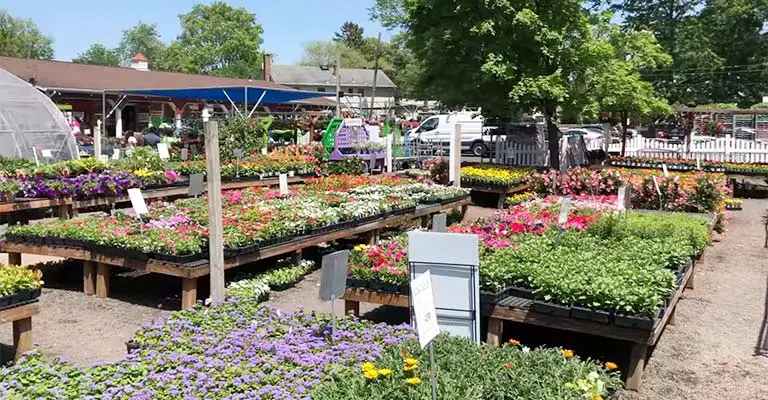
Tips for Making a Hummingbird Garden
Crafting a hummingbird garden is a delightful endeavor that brings both beauty and nature’s wonders to your doorstep. These fascinating creatures, with their iridescent plumage and agile flight, can transform your outdoor space into a mesmerizing haven.
Here are essential tips to guide you in creating a thriving hummingbird garden that not only captivates the eye but also fosters a harmonious environment for these tiny avian visitors.
Selecting Hummingbird-Friendly Plants
Choose a variety of nectar-rich flowers to attract hummingbirds. Opt for trumpet-shaped blooms like salvia, bee balm, and fuchsia, as they are tailored to the hummingbirds’ long bills and tongues. Incorporate a mix of colors to create an appealing palette that entices these agile pollinators.
Providing Year-Round Blooms
Ensure a continuous supply of nectar by selecting plants that bloom at different times throughout the year. This strategic planning guarantees that your hummingbird garden remains inviting during various seasons, sustaining these charming birds even during migration.
Creating a Hummingbird Feeder Station
Supplement natural nectar sources by installing hummingbird feeders. Use a mixture of four parts water to one part white granulated sugar, and regularly clean and refill the feeders to maintain a hygienic environment. Place the feeders in visible locations for easy spotting by hummingbirds.
Sunlight and Shelter
Position your hummingbird garden in an area that receives ample sunlight, as hummingbirds are drawn to warmth.
Additionally, provide shelter such as trees or shrubs where the birds can rest and observe their surroundings. A balance of open space and shelter enhances the overall appeal of your garden.
Water Features
Integrate water features like birdbaths or small fountains to attract hummingbirds. These avian wonders enjoy bathing, and a water source adds an extra layer of allure to your garden. Keep the water clean and fresh to create an inviting space for both drinking and bathing.
Natural Pest Control
Hummingbirds are natural insectivores, and their presence can contribute to controlling garden pests. Encourage this behavior by avoiding excessive use of pesticides, allowing these tiny birds to play a role in maintaining a healthy ecological balance.
Pruning and Maintenance
Regularly prune and maintain your hummingbird garden to keep it in optimal condition. Remove faded blooms, trim overgrown branches, and eliminate any obstacles that may hinder the hummingbirds’ flight.
A well-tended garden not only looks appealing but also provides an inviting space for these aerial acrobats.
Understanding Migration Patterns
Research the hummingbird species in your region and understand their migration patterns. Tailor your garden to cater to these migratory visitors, providing an oasis of nourishment during their journeys.
By aligning your garden with their needs, you contribute to the well-being of these incredible travelers.
Avoiding Harmful Substances
Be mindful of using pesticides, herbicides, or chemical fertilizers in your hummingbird garden. These substances can be harmful to both the hummingbirds and the plants they rely on for sustenance.
Opt for organic and bird-friendly gardening practices to create a safe and nurturing environment.
Observation and Enjoyment
Lastly, take the time to observe and enjoy the fruits of your labor. Grab a comfortable chair, relax, and immerse yourself in the enchanting world you’ve created.
Witnessing hummingbirds gracefully navigate your garden is a reward in itself, providing a connection to nature that is both soothing and awe-inspiring.
What Are the Most Attractive Plants for Hummingbirds?
Creating a hummingbird-friendly garden involves carefully selecting plants that not only provide sustenance but also cater to the unique feeding habits of these tiny, vibrant birds.
Here’s a detailed guide to some of the most attractive plants for hummingbirds, ensuring your garden becomes an irresistible haven for these aerial wonders.
Salvia (Salvia spp.)
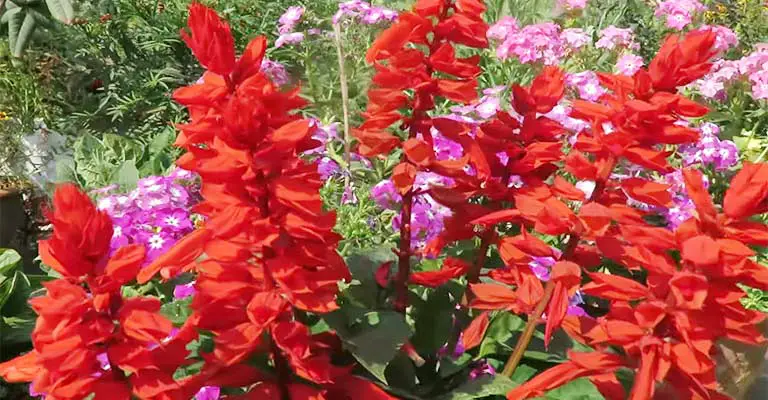
Salvia, with its tubular flowers, is a hummingbird magnet. Varieties like Salvia guaranitica and Salvia coccinea offer a spectrum of colors, from deep blues to vibrant reds, providing a visual feast for both you and the hummingbirds.
Bee Balm (Monarda spp.)
Bee balm, also known as Monarda, boasts showy, spiky flowers that come in shades of red, pink, and purple. The tubular shape of the blossoms is perfectly suited to the hummingbird’s feeding style, making it an excellent choice for a hummingbird garden.
Fuchsia (Fuchsia spp.)
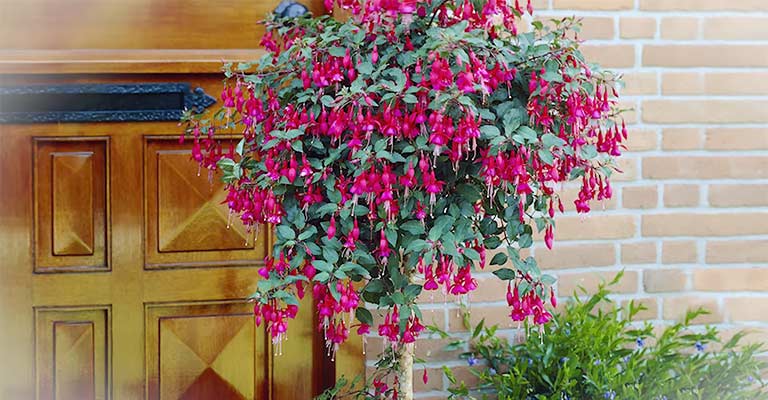
Fuchsia’s drooping, pendulous flowers are a favorite among hummingbirds. The tubular shape and vibrant colors, often a combination of pink and purple, make it an enticing addition to your garden. Hang fuchsia baskets or plant them in elevated locations for a captivating display.
Trumpet Vine (Campsis spp.)
True to its name, the trumpet vine produces trumpet-shaped flowers in shades of orange and red. These large, bold blooms are irresistible to hummingbirds, and the vigorous growth of the vine provides ample opportunities for these birds to feed.
Honeysuckle (Lonicera spp.)
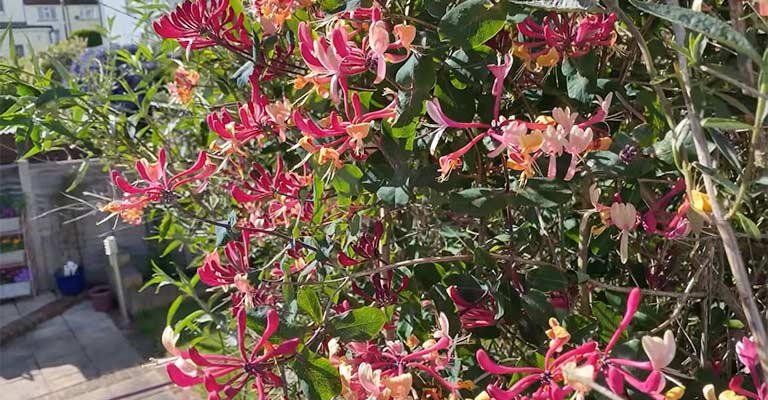
Honeysuckle, with its sweet-scented, tubular flowers, is not only a delightful addition to your garden but also a hummingbird favorite. Varieties like Lonicera sempervirens (coral honeysuckle) are particularly attractive, offering a profusion of blooms.
Columbine (Aquilegia spp.)
Columbine’s unique spurred flowers make it an intriguing choice for both gardeners and hummingbirds. The nodding blooms, available in various colors, provide a distinctive feeding experience for these birds.
Penstemon (Penstemon spp.)
With its tall spikes of tubular flowers, penstemon is a reliable source of nectar for hummingbirds. Different species offer a range of colors, from bright reds to softer pinks and purples, ensuring a diverse and visually appealing garden.
Lupine (Lupinus spp.)
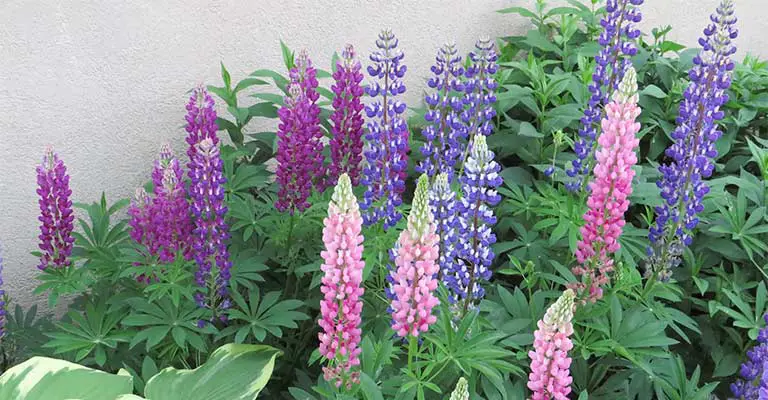
Lupines, with their upright spikes of pea-like flowers, attract hummingbirds with their abundant nectar. These flowers are available in a variety of colors, including blues, purples, pinks, and whites, adding a splash of diversity to your garden.
Daylilies (Hemerocallis spp.)
Daylilies are not only known for their easy maintenance but also for their attractiveness to hummingbirds. The tubular flowers come in a range of colors, and their extended bloom period ensures a prolonged feeding season for these avian visitors.
Zinnia (Zinnia spp.)
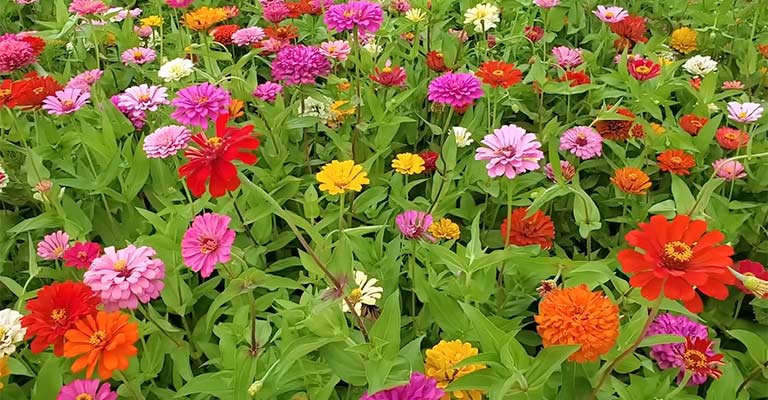
Zinnias are not only colorful and easy to grow but also appeal to hummingbirds with their flat, daisy-like blooms. Plant a variety of zinnias in your garden to create a vibrant tapestry that beckons these tiny visitors.
Tips for Planting and Maintaining
By carefully selecting and maintaining a variety of nectar-rich plants, you’ll not only attract hummingbirds but also create a flourishing ecosystem that celebrates the beauty of nature. Here are some tips:
Diversity Matters h4
Aim for a diverse selection of plants to provide a continuous supply of nectar throughout the hummingbird season. This diversity also adds visual interest to your garden.
Seasonal Planning h4
Select plants that bloom at different times of the year, ensuring a year-round supply of nectar. This is crucial for sustaining hummingbirds, especially during migration.
Location is Key h4
Plant hummingbird-friendly flowers in locations where they receive ample sunlight. Hummingbirds are attracted to warmth, and a sunny spot enhances the visibility and attractiveness of your garden.
Watering Needs h4
Ensure proper watering for your plants, as healthy, well-hydrated flowers produce more nectar. Adequate moisture is essential for sustaining both the plants and the hummingbirds.
Avoid Chemicals h4
Minimize the use of pesticides and herbicides in your hummingbird garden, as these chemicals can be harmful to both the birds and the plants they rely on for sustenance.
FAQs
What plants are best for attracting hummingbirds to my garden?
Plants such as Salvia, Bee Balm, Fuchsia, Trumpet Vine, and Honeysuckle are excellent choices. These feature tubular flowers, perfect for the hummingbirds’ feeding style.
How do I create a year-round hummingbird garden?
Plan your garden with a mix of plants that bloom at different times. This ensures a continuous supply of nectar, sustaining hummingbirds throughout various seasons and even during migration.
Are hummingbird feeders necessary for a hummingbird garden?
While not essential, hummingbird feeders supplement natural nectar sources. Ensure they contain a mixture of four parts water to one part white granulated sugar, and place them in visible locations for easy spotting.
Can I use pesticides in a hummingbird garden?
It’s advisable to minimize pesticide use. Hummingbirds are natural insectivores, contributing to pest control. Opt for organic and bird-friendly gardening practices to create a safe environment.
How do I maintain a hummingbird garden for optimal attraction?
Regularly prune, clean, and maintain your garden. Remove faded blooms, trim overgrown branches, and provide a balance of sunlight and shelter. This ensures an inviting space for hummingbirds to flourish.
Conclusion
Cultivating a hummingbird garden is a rewarding journey that goes beyond the mere aesthetics of your outdoor space.
It’s about fostering a harmonious coexistence with nature, where the vibrant hues of blooming flowers and the mesmerizing dance of hummingbirds intertwine.
As your garden becomes a haven for hummingbirds, take a moment to savor the joy of witnessing these tiny marvels flit and hover among the blossoms.
The bond between your garden and these feathered friends is a testament to the beauty that emerges when humans and nature coalesce.
Now, as you revel in the success of your hummingbird haven, share your newfound knowledge with fellow gardening enthusiasts.
Encourage others to embark on their journey of creating spaces that echo the delightful hum of these extraordinary creatures.
May your hummingbird garden continue to flourish, enchanting both you and any fortunate visitor who graces its petals.